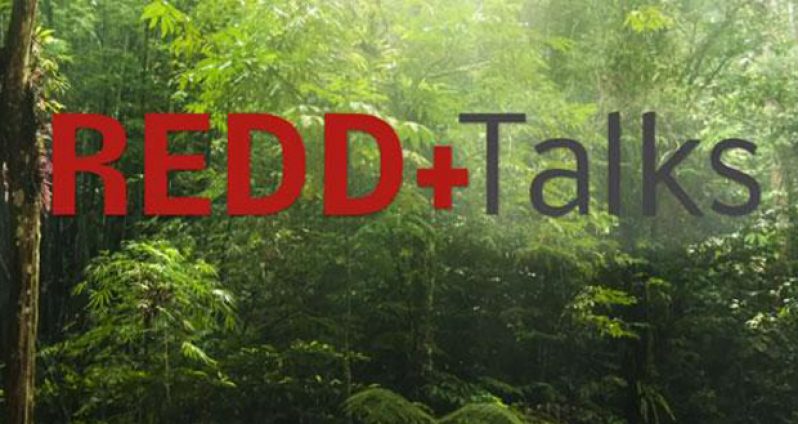CLIMATE change experts who visited Guyana recently have said that the benefits accruable from the United Nations Framework Convention on Climate Change (UNFCCC) initiative known as the REDD+ must outweigh the opportunity costs from other land use options, such as logging and mining.
They also said that much work is being done to ensure that any cost/benefit analysis works in favour of forests, especially at the community level.
Reducing Emissions from Deforestation and Forest Degradation (REDD+) is an effort to create a financial value for the carbon stored in forests. It offers financial incentives for developing countries to reduce emissions from forested lands and invest in low-carbon paths to sustainable development.
Mr Naikoa Amuchastegui, Coordinator of the World Wildlife Fund (WWF) International Forests and Climate Program, said recently: “It would be naïve not to consider the opportunity costs of REDD+.”
Gold mining, for example, he pointed out, could easily provide a community with between $20M and $50M a year, but gold is a non-renewable source. “In comparison, the standing forest can give you that money year after year, after year, after year, after year, after year.”
The judgement call, he said, lies in the eyes of the beholder. “No one is saying ‘no’ to mining. No one is saying ‘no’ to large-scale farming, because we need all these things. But there are good ways and bad ways of doing these things, and that is what we have to try to work out,” he posited.
He also said that to lose a tree does not necessarily mean deforestation, since that could be a management decision that enables sustainability.
Head of the WWF Guianas, Dr Patrick Williams, also acknowledged that there are some issues with respect to different land uses and opportunity costs to REDD+. He said an ongoing Community Monitoring, Reporting and Verification (CMRV) project in which communities are involved in the climate change abatement effort is part of a broader effort to ensure that opportunity costs of REDD+ are minimised and the benefits maximised.
The Guyana Lands and Surveys Commission (GLSC) has also done work on regional development land use plans, which include inputs from some indigenous communities utilising data captured in the CMRV, to minimise conflicts.
The WWF is, moreover, involved in discussions with the Ministry of Natural Resources and Environment (MNR&E) and the Guyana Forestry Commission (GFC) on how to conduct mining without losing the benefits of the forests.
“There is, at the moment in Guyana, an ongoing broader discussion that attempts to grapple with the issue of the opportunity costs involved in the REDD+ initiative, especially at community level,” he said.
He said the WWF Guianas was of the view that as the reality and the threat of climate change become undeniable worldwide, REDD+ would — perhaps within a decade — become a viable financial mechanism, and Guyana would be in a strong position to fully benefit from current work in monitoring and protecting its forests and its Low Carbon Development Strategy (LCDS).
(By Clifford Stanley)




.png)









